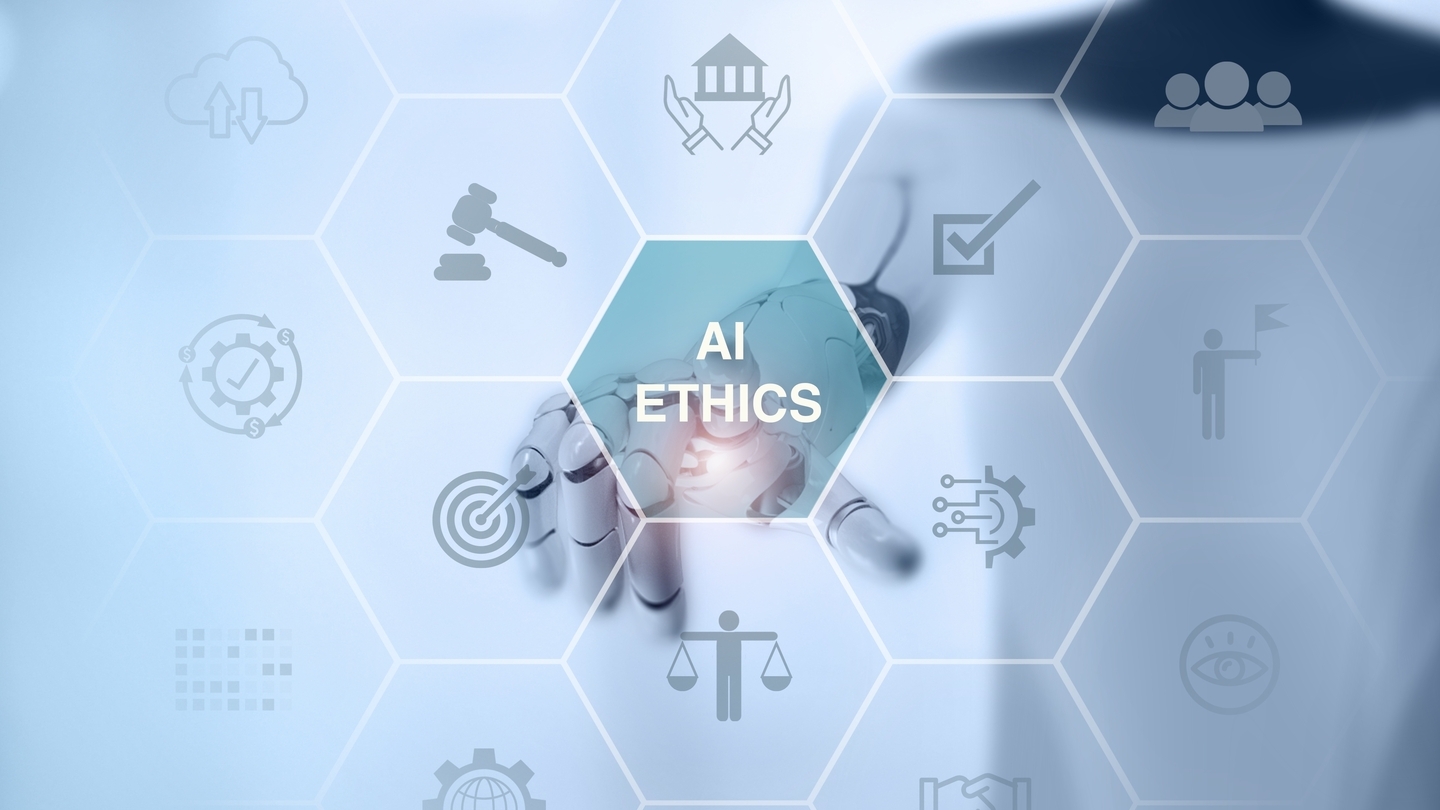In the fast-evolving world of live sports broadcasting, latency has become one of the most critical issues. Broadcasters are increasingly looking for innovative solutions that can match or even surpass the performance of traditional broadcast systems.
Proposed by Comcast and supported by champions Comcast, BT Media & Broadcast, AP, and Globo, and participants, Videoclarity, Castlabs, Ateme, AMD and HP, the Scalable Ultra-Low Latency Streaming for Premium Sports project seeks to achieve Twitter-equivalent latency and near-instant playback start using standard HTTP streaming technical stack and infrastructure. The areas explored will be the use of low-latency encoding and segment-based ingest, the latest low-delay extensions to MPEG DASH, and possible uses of MV-HEVC video codec and the QUIC protocol.
The goal of the proof of concept (PoC) is to explore an end-to-end system comprising an encoder, a latency-optimised origin, and a mix of open source and proprietary DASH players. In addition, the innovation would be the achievement of sub-2s glass-to-glass delay with standard adaptive streaming, which will allow premium sports experiences...
You are not signed in.
Only registered users can view this article.

Finding our ethical true north on AI: Part II
Part two of our insight into AI ethics and regulation continues with observations on industry efforts around standards and best practices, and why human impact should be the guiding force. James McKeown reports.
/Source - shutterstock_2464837145 (1).jpg)
Digital Catapult: AI innovations to supercharge the creative industries
Accelerated VFX workflows, video game characters you can converse with, and auto-generated visual experiences from sound for XR headsets are just some of the AI innovations devised by start-ups as part of a recent Digital Catapult programme. Adrian Pennington reports.
.jpg)
Neural Radiance Fields – A new approach to 3D modelling
From the chemical, mechanical and electrical process of creating a film, to the rise of virtual production, visual storytelling has always turned to cutting-edge technologies. Now Neural Radiance Fields (NeRF) could replace the traditional technological foundations that broadcasting and film are built upon. IBC365 speaks to leading researcher, Professor Ravi Ramamoorthi.
.jpg)
Future predictions – Part II: Leaders and analysts
The coming year hints at big changes in focus and innovations for the media and entertainment world. With giant leaps in AI advancements, streamlining production and the road ahead for ad-tech, how can vendors meet the demands of the hungry yet cost-conscious consumer, whilst staying ahead of the game? John Maxwell Hobbs gathers more expert insight from leaders and analysts in the second part of our future predictions series.

Future predictions – Part I: Broadcasters and suppliers
As we wrap up 2024, it’s time to consider what lies ahead for the media industry in 2025. John Maxwell Hobbs probed industry executives to share their crystal ball predictions on themes spanning the impact of AI, the transition from hardware to software-based solutions, data security and ways of reaching new audiences.





